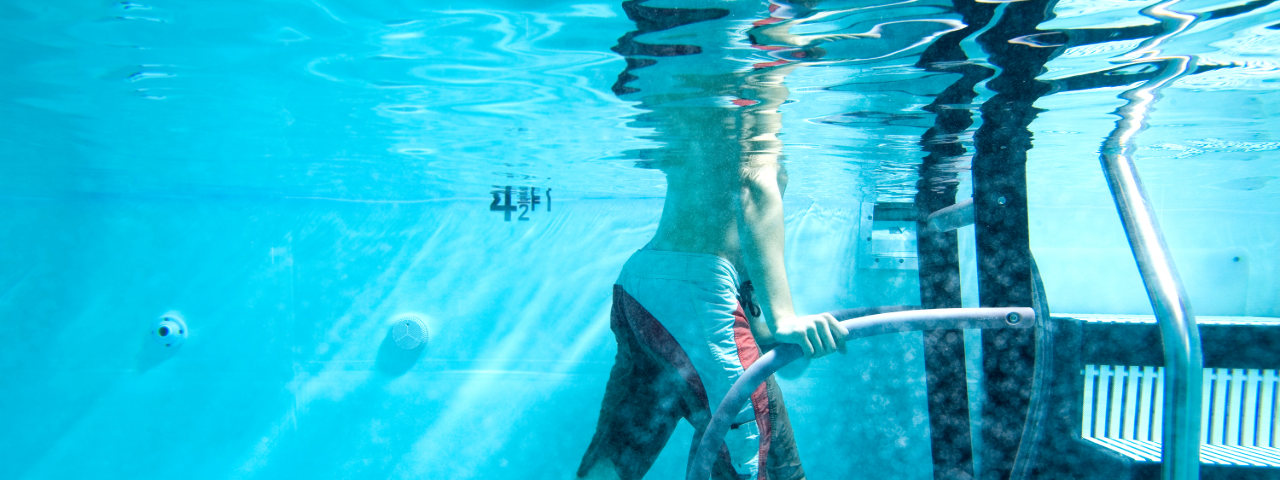Body
Pickleball is one of America’s fastest growing sports. However, with the growth of the sport, the United States has also seen an increase in pickleball-related injuries. Here are five tips to prepare for playing pickleball for the first time — and to reduce your risk of injury on the pickleball court.
1. Discuss your interest in playing pickleball with your doctor or physical therapist.
Body
Discussing your interest in pickleball with a medical professional is key, particularly if you have a history of certain medical conditions. For example, individuals with low bone mineral density (e.g., osteoporosis) may be at increased risk for hip fractures, and falls are a common cause of those fractures. In fact, falls are the most common cause of injury in pickleball.
Ask your doctor to review your medications to ensure it is safe to play pickleball while taking them. Certain medications may influence the body’s response to physical activity. For example, medications for diabetes may increase the risk for low blood sugar during pickleball, while other medications may be associated with muscle tendon injury.
Lastly, your surgical history can influence your participation in pickleball. Because it is considered a moderate-impact sport, recommendations about when an individual can play (e.g., following a knee replacement or other surgery) may be more stringent than those for low-impact sports.
2. Use appropriate pickleball gear.
Body
It is important to match your equipment with the sport you are playing — and proper footwear is perhaps the most critical equipment consideration for pickleball.
Your shoe type influences the interaction between your foot and the playing surface, as well as forces on the ankle. Running shoes may not provide adequate stability for the ankle and foot for pickleball. Instead, court or cross-training shoes are recommended.
If you have experienced an ankle sprain, it is advisable to wear an ankle brace or to tape your ankle, as you may be at increased risk for subsequent ankle injury.
3. Train ahead to reduce risk of injury.
Body
In preparation for playing pickleball, consider both general aerobic and sport-specific exercise as part of a training regimen.
General aerobic exercise such as walking, jogging and cycling may improve your endurance.
Sport-specific exercise recommendations are best delivered by a medical professional (like a physical therapist), who will be able to offer recommendations tailored to your abilities and goals. For example, a physical therapist may be able to recommend specific strengthening exercises for the muscles of the shoulder and shoulder blade. This may offer injury prevention and performance benefits.
4. Warm up before hitting the court.
Body
Warming up is a must! A proper warm up not only helps joints and muscles to become more limber, but also increases muscle strength and power.
Further, an insufficient warm up may actually increase your risk of injury, specifically an ankle sprain. A two-part warm up is recommended, including:
- A light aerobic exercise, such as brisk walking.
- Sport-specific movements, such as shuffling side-to-side while returning volleys.
5. Seek medical attention for a pickleball injury.
Body
Should you sustain an injury, it is important to consult your medical team immediately. Physical therapists can manage your early pain and any limitations, as well as to help facilitate your return to the pickleball court. Physical therapists are also well-equipped to identify factors that influence your performance and future injury risk.
Meet the Expert
Body
Benjamin Davis, PT, DPT, is a physical therapist with a keen interest in incorporating pain science into clinical practice and in improving the lives of people with pain. He is a board-certified orthopaedic clinical specialist at Shirley Ryan AbilityLab, and a Fellow of the American Academy of Orthopaedic Manual Physical Therapists. Benjamin earned a Doctor of Physical Therapy degree from the University of Wisconsin–Madison and completed an orthopaedic physical therapy residency at the University of Miami (Fla.).

